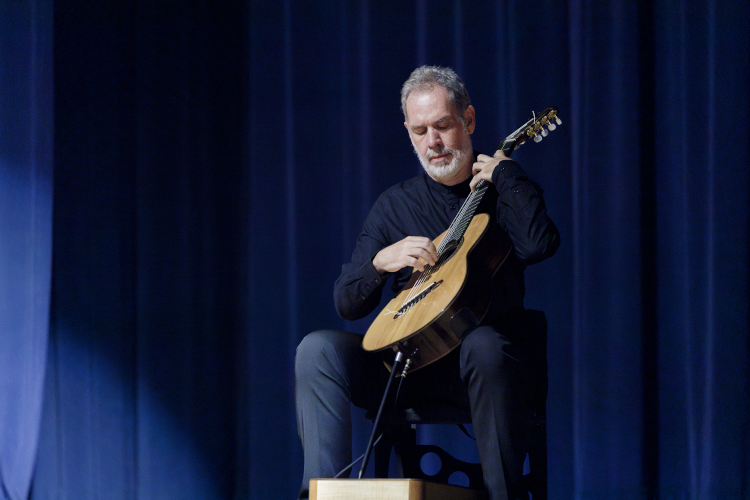- Home
-
About
 Fidelity & Excellence
Fidelity & ExcellenceThomas Aquinas College is unique among American colleges and universities, offering a faithfully Catholic education comprised entirely of the Great Books and classroom discussions.
-
A Liberating Education
 Truth Matters
Truth MattersTruth, and nothing less, sets men free; and because truth is both natural and supernatural, the College’s curriculum aims at both natural and divine wisdom.
-
A Catholic Life
 Under the Light of Faith
Under the Light of FaithThe intellectual tradition and moral teachings of the Catholic Church infuse the whole life of Thomas Aquinas College, illuminating the curriculum and the community alike.
-
Admission & Aid
 Is TAC Right for You?
Is TAC Right for You?Do you enjoy grappling with complex questions? Are you willing to engage in discussions about difficult concepts, with the truth as your ultimate goal?
-
Students & Parents
 Mind, Body & Spirit
Mind, Body & SpiritThere is always something to do at TAC — something worthwhile, something fulfilling, and something geared toward ever-greater spiritual and intellectual growth.
-
Alumni & Careers
 What Can You Do with a Liberal Education?
What Can You Do with a Liberal Education?Nothing speaks more to the versatility of the College’s academic program than the good that our alumni are doing throughout the Church and the world.
- Search
- Giving
Classical Guitarist Paul Galbraith Wows Campus at Fall Concert

As a part of the St. Vincent De Paul Lecture and Concert Series, Thomas Aquinas College seeks to cultivate in its students a love for truly beautiful music. “We hold, with Plato and Aristotle, that appreciation of beauty is essential to any real appreciation of wisdom, and that love of beauty is especially fostered by listening to good music,” said Dr. Michael Letteney, the Dean of the California campus, in introducing this fall’s Lecture and Concert series. “Learning to love good music or, rather, great music, prepares the soul to love learning, to take delight in all that is good, all that is true, and all that is beautiful.”
On Friday, September 27, the TAC-California community was able to experience great music by listening to the masterful performance of Paul Galbraith, an internationally acclaimed classical guitarist. Mr. Galbraith, who has brought the beauty of his music to the College twice before, was born in Scotland and now resides in Cambridge, England. He is a Grammy-nominated artist who has toured the globe and is known throughout for his virtuosity and innovation. Instead of a traditional guitar, he plays a “Brahms Guitar,” an instrument he helped to develop. This unique instrument has two additional strings, which expand the instrument’s range, as well as a metal endpin, allowing Mr. Galbraith to play it upright in a cello-like position.
During the concert, Mr. Galbraith gave new life to music from across centuries. The program featured masterpieces from Sylvius Leopold Weiss, Johann Sebastian Bach, Lennox Berkley, Robert Schumann, Enrique Granados, and Isaac Albeniz. Although some of these pieces were originally written for the lute or piano Mr. Galbraith arranged them for his eight-string guitar.
The many students, faculty, family, and friends of the College who gathered to listen to Mr. Galbraith were fascinated by the expert craftsmanship of his performance. “I was captivated,” said Madryne Alario (’28). “There’s something so amazing about hearing works from composers who we are pretty familiar with expressed in a different medium. It adds a certain nuance to the piece and to the experience.”

